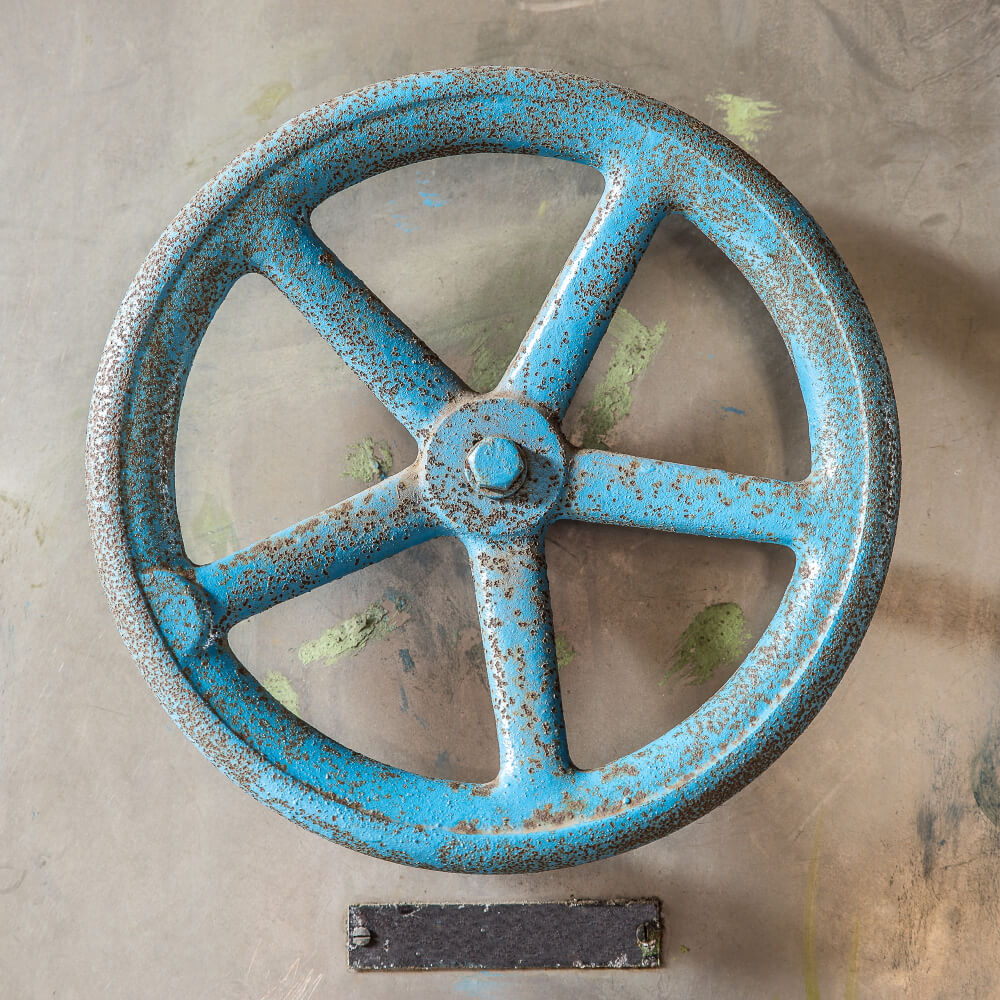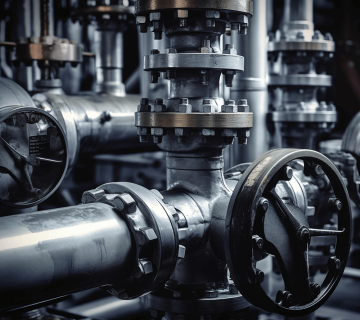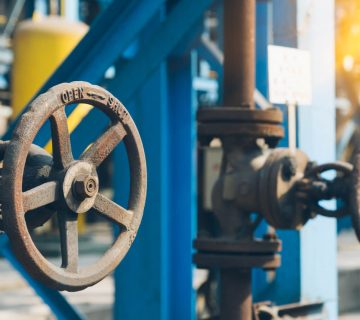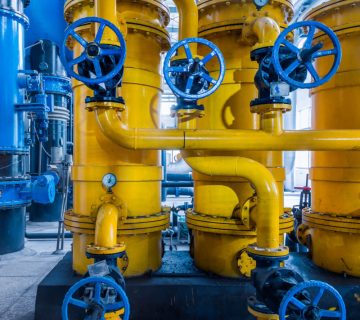To fully understand industrial valves, we must know their components, which we will name below.
Body: The body is actually a hollow chamber for the passage of fluids, which is connected to the pipelines and contains the internal components of the valve. The material of this body is usually plastic, but sometimes brass, bronze, cast iron, steel, etc. are also used.
Seat: The seat is actually the inner surface of the body that performs the sealing action due to contact with the flow blocking member.
Bonnet: The bonnet completes the body and is connected to it as a flanged or threaded connection. In most cases, after placing the internal parts of the valve, they use a cap to close and protect all these parts, but some valves, such as ball valves or samouri valves, do not have caps.
Stem: The stem is a rod that is responsible for transmitting power from the operator to the blocking member. The important point in this piece is that the shape of the end of the stem should be such that the disc does not rotate in place and does not separate from the disc in any way.
Handle or Actuator: The appearance of this component is like a steering wheel, and by turning it by hand, the valve can be opened or closed, but some valves, such as automatic valves, do not need a handle.
Nut (Hand-Wheel Nut): Using a nut, the handle is tightened to the stem and its material is considered to be simple carbon steel.
Obturator: This member is a part of the valve that, as the name suggests, is responsible for connecting and disconnecting the flow. This piece has a different shape in each valve, for example, it is conical in the Samavari valve, spherical in the ball valve, and wedge-shaped in the gate valve.
Gaskets: In valves where the body, cap, etc. are connected with a flange, it is better to place a gasket between these flanges for the purpose of sealing. It is worth mentioning that when choosing a gasket, it should be noted that the gasket in question must be able to withstand the fluid pressure of that valve.
Tips for choosing the right industrial valve
Now that we are fully acquainted with the types of industrial valves, you may be wondering how to choose the best one among the mentioned valves? At the end of this article, we will mention the important points that must be observed when choosing a valve:
The type of work we expect the valve to do: for example, whether we want the valve to work at high temperature and pressure, or whether the valve should be fully closed, can influence our choice.
Valve size: Another important point that we should not ignore is the size that should be calculated for the pipe size and its capacity in order to choose the required valve volume.
Fluid temperature: Special attention should be paid to the fluid temperature when choosing a valve. For this purpose, there are standards for all types of valves so that we can choose the best option in this case.
Pressure drop: When the valve is installed in the pipelines, due to the change in the direction of the fluid and the friction of the pipe, the pressure drops, and if we do not pay attention to it, we may choose an inappropriate valve.
Valve material: In the case of fluids that can corrode valves due to rust or deposits, to prevent this, the valve should be made of plastic or covered with glass or ceramic. It is interesting to know that the materials used in valves are usually bronze, iron alloys, nickel, steel, copper, aluminum, titanium, etc.
Valve drive system: Another issue that affects when choosing a valve is the valve operating system, which can be hydraulic, mechanical, or electric. The actuator is actually a part of the valve that turns the steering wheel into mechanical energy and causes the valve to open or close. Electric steering wheels are not very common due to their high cost.
Considering the things we mentioned from the beginning until now, knowing the types of piping valves is very important when constructing pipelines, and if the points we mentioned are not taken into account, there is a possibility of irreparable damage.




